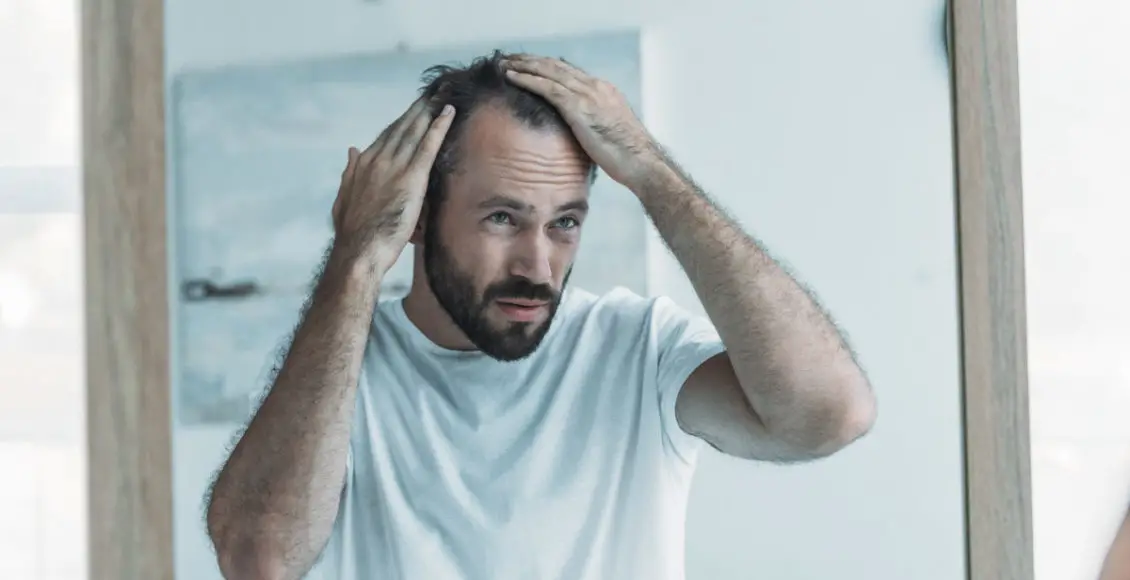Although hair loss may seem like a matter of vanity and a struggle prevalent exclusively to our modern society, the truth couldn’t be further from that. In reality, the phenomenon of hair loss and the stigma surrounding it has existed for thousands of years. According to studies of ancient civilizations the citizens of the Americas, ancient Egypt, and Indian civilization have struggled with baldness and have attempted to desperately reverse the incident. While the natural blends of herbs may not have been very effective in curing hair loss, they are proof that hair loss is indeed an age-old dilemma.
Through the ages, a versatile range of myths have arisen regarding balding, some of which have been debunked and some of which are still circulating around. Below we’ll discuss some of the popular myths spread regarding hair loss along with the genetics involved in the process.
Myths about hair loss
One of the most widespread misconceptions about hair loss is that the mother is entirely to blame for her son’s receding hairline and shiny scalp. While the statement does hold some truth to it, the genes involved in hair loss are not as simple as a few passed on from your mother. The process involves various paternal and maternal genes as well as environmental factors to trigger the onset of dormancy in follicular units.
It is true that the gene responsible for androgen receptors is x-linked, but inheriting this single gene alone will not trigger the consequences that lead to a smooth scalp. A collection of sex-independent genes is part of the equation along with environmental factors (smoking and alcohol consumption) trigger and accelerate the dormancy of follicular units.
Molecular mechanism of hair loss
Thus far, we can conclude that mothers aren’t entirely to blame for the misfortunate event of hair loss, rather the process is a lot more complex. One main element that contributes to hair loss is DHT (Dihydrotestosterone), an aggressive version of testosterone. The 5-alpha-reductase enzyme catalyzes the process of conversion to produce DHT from the initial version that is testosterone.
Most research led to the conclusion that hair loss depends entirely on the properties of androgen-sensitivity and androgen-insensitivity in follicular units to determine the fate of the scalp. The characteristic pattern of hair loss in androgenic alopecia is where the question marks reside. It is in the aspect of how certain regions in the scalp are androgen resistant whereas the crown and hairline are susceptible to dormancy and how DHT has contradicting effects on follicular units based on the location of tissue is what creates the mystery surrounding hair loss.
Research indicates, however, that an in regions of hair loss an increase in 5-alpha-reductase activity was found. In addition, it was also concluded that the balding scalp happens to be more abundant in DHT receptors in comparison to stable regions leading to the closing of follicular units.
A cure for baldness
Attempts to discover a permanent nonsurgical cure for baldness is still in progress as the chain of events of the process main incomplete. However, the single permanent solution in modern times is hair transplants.
Hair transplantation is micro-surgery whose mechanism operates fully on the difference in androgen sensitivity between follicular units. In order to initiate hair growth in the balding scalp, follicular units are first extracted from areas of stable growth and relocated to areas of hair loss. The process of relocation does not affect the androgen-resistant properties of follicular units and thus, they continue to promote growth in previously deserted areas.
The success of the surgery relies on the method of extraction used during the procedure. In other words, whether a patient opts for FUE or FUT hair transplants determines the convenience of the results. In FUT hair transplants, the method of extraction of follicular units requires the incision of a piece of the scalp which leaves a linear scar and possible nerve damage in the area.
On the other hand, FUE hair transplants operate on a minimally invasive approach where follicular units are extracted individually using a micro-punch. The method of graft harvesting in FUE does not pose a risk of nerve damage and leaves an immaculate scar-free finish.
In closing
The ancient quest to finding a solution for hair loss along with the prevalence of the phenomenon has lead scientists to persistently work on breaking the mystery. Pieces of the puzzle have been connected but there are still gaps for the picture to be complete. A non-surgical cure may be coming along the way, but in the meantime, hair transplants serve as the permanent cure for baldness. The results of a hair transplant vary depending on the method of extraction. To know more about FUE and FUT hair transplants, contact Vera Clinic for free consultation.



